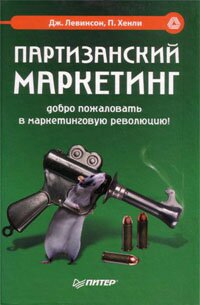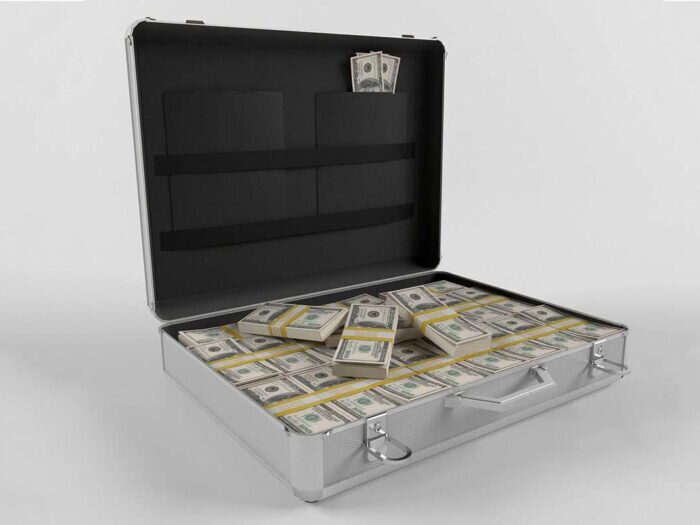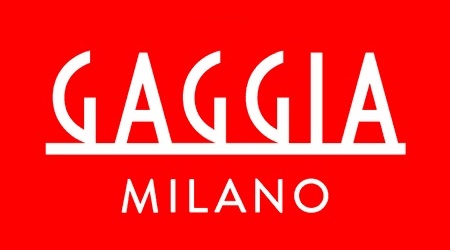Definition Bid Ask
Contents

the hottest tip on getting a web site listed quickly demanders place market orders and liquidity suppliers place limit orders. For a round trip the liquidity demander pays the spread and the liquidity supplier earns the spread. All limit orders outstanding at a given time (i.e. limit orders that have not been executed) are together called the Limit Order Book. However, on most exchanges, such as the Australian Securities Exchange, there are no designated liquidity suppliers, and liquidity is supplied by other traders. On these exchanges, and even on NASDAQ, institutions and individuals can supply liquidity by placing limit orders. Both the terms together constitute a two-way price quotation.

The difference between the bid and the ask is referred to as the “bid-ask spread.” Popular stocks and ETFs have tight spreads, while wide spreads could indicate a lack of liquidity. Conversely, a bid-ask spread may be high to unknown, or unpopular securities on a given day. These could include small-cap stocks, which may have lower trading volumes, and a lower level of demand among investors. This spread would close if a potential buyer offered to purchase the stock at a higher price or if a potential seller offered to sell the stock at a lower price.
- Yes, with a limit order you can set the amount you’re willing to pay for the shares you want.
- In this case, the buyer is willing to buy it for $9.10, while the seller is willing to sell it for $9.17.
- From equities, fixed income to derivatives, the CMSA certification bridges the gap from where you are now to where you want to be — a world-class capital markets analyst.
- Let’s take a look at what happened to the bid-ask spreads for at-the-money SPY options during that period.
- Market makers can potentially profit from the difference between the bid and ask by selling some of their own shares and collecting the difference.
Prices can change quickly as investors and traders act across the globe. Current bids appear on the Level 2—a tool that shows all current bids and offers. The Level 2 also shows how many shares or contracts are being bid at each price. Bid-ask spreads can also reflect the market maker’s perceived risk in offering a trade. For example, options or futures contracts may have bid-ask spreads that represent a much larger percentage of their price than a forex or equities trade. The width of the spread might be based not only on liquidity but also on how quickly the prices could change.
Dictionary Entries Near bid
Individuals and entities bid for various properties and securities from time to time, conveying the highest amount they are willing to pay to obtain ownership rights over them. While individuals are seen bidding in an auction, companies bid to ensure they crack different deals and gain project contracts. DerivativesDerivatives in finance are financial instruments that derive their value from the value of the underlying asset. The underlying asset can be bonds, stocks, currency, commodities, etc. The four types of derivatives are – Option contracts, Future derivatives contracts, Swaps, Forward derivative contracts.

There can be a case of multiple buyers bidding a higher amount. However, the same will not be applicable in the case of the asking price. Consequently, the business house ends up with negative working capital in most of the cases.
Don’t forget to study the ins and outs of the bid-ask spread. Also, look for spreads in either percentage or absolute terms for each security. If the trade is on margin, it’s better to use the spread percentage. The bid price is offered by those who want to buy, while the ask price is offered by those who want to sell.
They can place a limit order, executed only when the prices of the assets fall below a certain limit. Investors can enter the trade at the entry-level to ensure they do not miss the chance to profit from the spread. They buy the security and sell the same when the prices move to the original ask price or above, which is always the figure below the bid price. This tends to be the best investment alternative for those with a set profit goal. If all market makers do this on a given security, then the quoted bid-ask spread will reflect a larger than usual size. Some high-frequency traders and market makers attempt to make money by exploiting changes in the bid-ask spread.
How Are Orders Ever Executed If Prices are Different?
FRAN has a bid-ask spread of 6 cents, with the bid at $4.56 and the ask at $4.63. That’s where I teach you how to take advantage of the information in this post and so much more. It’s where you can work to become a self-sufficient trader. Watch the video because the Level 2 Book Entry bar is ALL about bid and ask live data. It has so many cool features, I could easily double the length of this post. Options are usually more liquid if the underlying stock is liquid.
If there’s an order for a higher price than the ask, it will likely get executed at the ask price or above if the price is moving up quickly. Both bid and ask sizes can also limit the number of shares you can buy at any given price. When I talk about getting partial execution, this is what I’m talking about. When you place a market order, your order executes at the recorded price at the time of execution. As you get deeper into your trading education, you’ll learn about Level 2.
The ask price is the best price someone is willing to sell the instrument for. INVESTMENT BANKING RESOURCESLearn the foundation of Investment banking, financial modeling, valuations and more. Let us take a practical bid-ask spread example to see how it works.

Now, if you are buying a thousand shares for example at market, you may fill at multiple price points if the ask continues to rise. I could literally write a 5,000-word article on order types; however, I will keep things simple as the focus of this article is bid and ask prices. Conversely, if you are looking to sell immediately, you can enter your order in at the bid price. But at the end of the day, it’s just one piece of the puzzle for smarter trading. Generally, the more liquidity in a stock, the tighter the bid-ask spread will be.
Can I Buy a Stock Below the Ask Price?
Hopefully, after reading the above points, you will now be familiar with the meaning and importance of bid and ask. A firm understanding of these stock market terms and various aspects, such as bid and ask spread, could help new entrants trade easily in the market. The name “bid” price refers to the fact that you’re basically bidding an X amount of money to buy an asset. If your bid is the highest, you will be the one who gets that asset.
If you are like me and are always looking to keep your margins tight, then you will want to place a limit order which specifies the price at which you will execute the trade. Therefore, another trader will need to enter an order at the same price for the trade to execute. This is the dance which is played on all exchanges around the world – millions of times per day. What if you are a buyer but are unwilling to pay the full asking price? Similar to what you do when you purchase a car, you offer a little less than the MSRP.

The ask is the current lowest price for which a trader is willing to sell a stock. The bid is the current highest price a trader is willing to pay for a stock. I became a self-made millionaire by the age of 21, trading thousands of Penny Stocks – yep you read that right, penny stocks. If the bid volume is higher than the ask, it shows there’s demand for the stock and the price will likely go up.
The difference between the bid and ask prices is referred to as the bid-ask spread. The bid-ask spread benefits the market maker and represents the market maker’s profit. It is an important factor to take into consideration when trading securities, as it is essentially a hidden cost that is incurred during trading. In particular, they are set by the actual buying and selling decisions of the people and institutions who invest in that security. If demand outstrips supply, then the bid and ask prices will gradually shift upwards. The average investor contends with the bid and ask spread as an implied cost of trading.
What is the Bid vs Ask?
Such a scenario will not be possible in the case of an asking https://business-oppurtunities.com/ or a seller. Blue-chip StockBlue chip stocks are issued by companies possessing large market capitalization. They provide good returns on stocks, offer dividends, and are considered safe investments. Assets that have a narrow bid-ask spread are usually in great demand. Assets with a broad bid-ask spread, on the other hand, may have lower demand, which causes wider price differences. The mid prices is therefore right in between where the buyers and sellers are.
When you look closely, the stock market is a collection of traders. And any of them can either want to buy a stock or sell a stock at any given point in time. Yes, with a limit order you can set the amount you’re willing to pay for the shares you want. But your order will only get filled if the stock hits your bid price.
And we have unwavering standards for how we keep that integrity intact, from our research and data to our policies on content and your personal data. If someone wants to buy right away, they can do so at the current ask price with a market order. The offers that appear in this table are from partnerships from which Investopedia receives compensation. This compensation may impact how and where listings appear.
Buyers put in bids for the price they want to buy the shares for, and the sellers put in an ask for shares they want to sell. If a stock is in high demand, buyers will buy at the ask price. As we know, price takers demand liquidity, while market makers provide it. The bid-ask spread is widely used as a metric for market liquidity, as its size fluctuates from one asset to another mostly due to the liquidity of each asset. Some markets have more liquidity than others, and their lower spreads reflect this. Bid-ask spreads are how market makers–those who facilitate the transactions in the market–profit from their duties.
Provide specific products and services to you, such as portfolio management or data aggregation. We’d like to share more about how we work and what drives our day-to-day business. The Balance uses only high-quality sources, including peer-reviewed studies, to support the facts within our articles. Read our editorial process to learn more about how we fact-check and keep our content accurate, reliable, and trustworthy.
Liquidity, also known as trading volume, refers to the number of shares available to buy and sell, as well as the number of shares that have been recently traded. Don’t worry about the bid-ask spread until the overall price action looks interesting, which can draw traders into or out of a stock. Every morning, Sarah runs her favorite stock scans to spot the best potential stocks to trade for the day. Next, she builds a watchlist and prepares for the market open.
A market orderis an order placed by a trader to accept the current price immediately, initiating a trade. As a result, traders have a number of options when it comes to placing orders. A bid above the current bid may initiate a trade or act to narrow the bid-ask spread. For example, if an investor wants to buy a stock, they need to determine how much someone is willing to sell it for.
